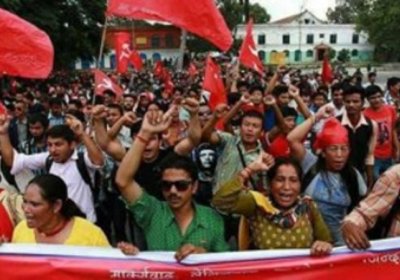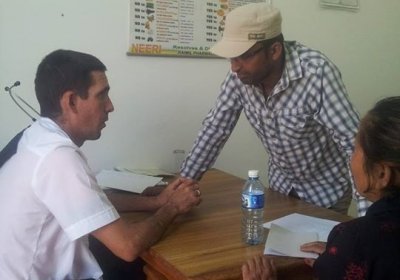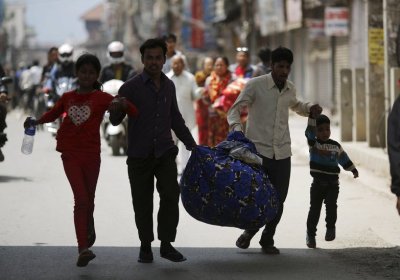Hundreds of people attended an International Seminar on Marxism and Socialism in Kathmandu over May 30-31 to commemorate 200 years since the birth of Karl Marx. Representatives of 23 socialist parties from 17 countries attended.
Nepal
The Communist Party of Nepal (Unified Marxist-Leninist) and the Communist Party of Nepal-Maoist Centre, which formed a new coalition government after winning elections late last year, now plan to unify the two parties.
Nepal’s Communists have won a landslide victory in the elections for House of Representatives of Federal Democratic Republic of Nepal held in two phases on November 26 and December 7. In the 275-seat parliament, the elections were held for 165 seats under the first past the post system (FPTP), with the remaining 110 seats determined by a proportional system.
As Hurricane Harvey continues to batter Texas and Louisiana in the United States, where nearly 30 people are reported dead, the flooding and landslides that have swept Bangladesh, India and Nepal for weeks have killed more than 1,200 people and displaced millions so far.
Western media, for the most part, has paid little attention to the catastrophic flooding that has swept these South Asian regions.
The Sherpa are a Nepalese ethnic minority who have a reverent regard for the world’s highest mountain, Chomolungma — known in English as Everest.
- Page 1
- Next page











